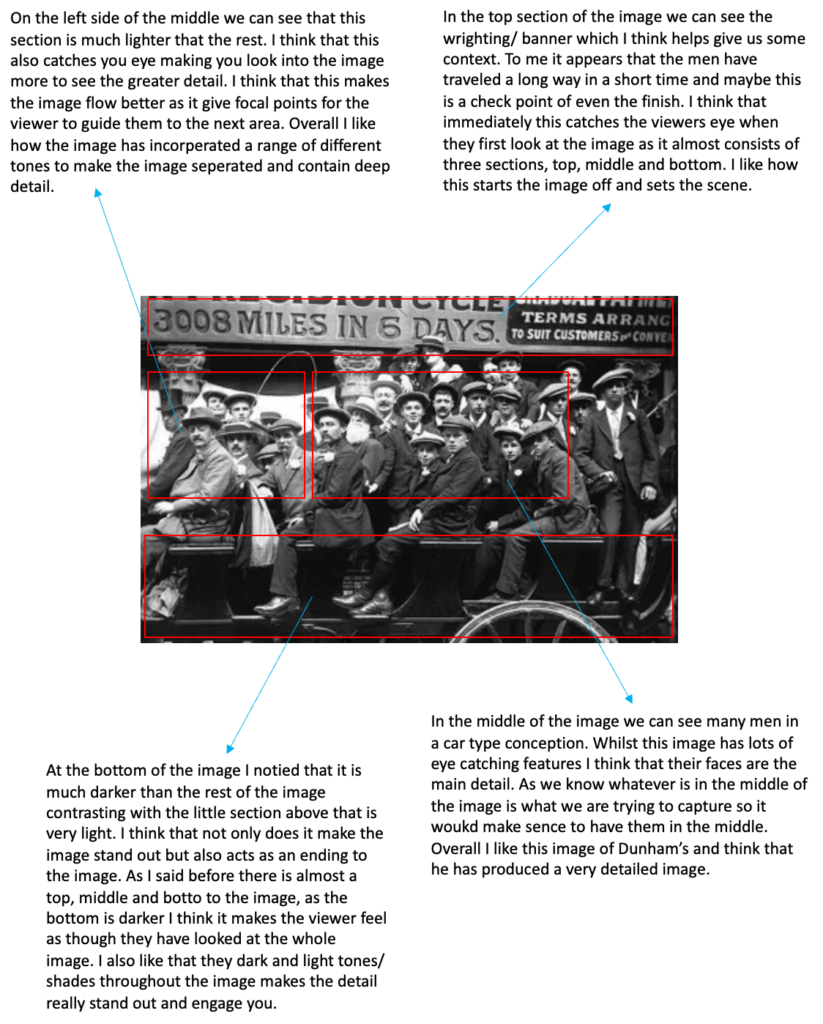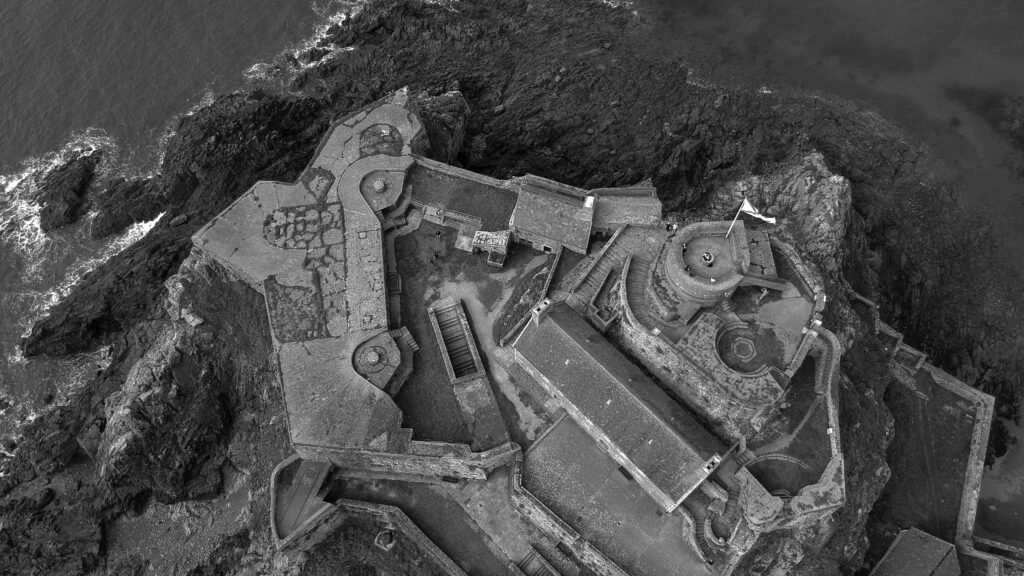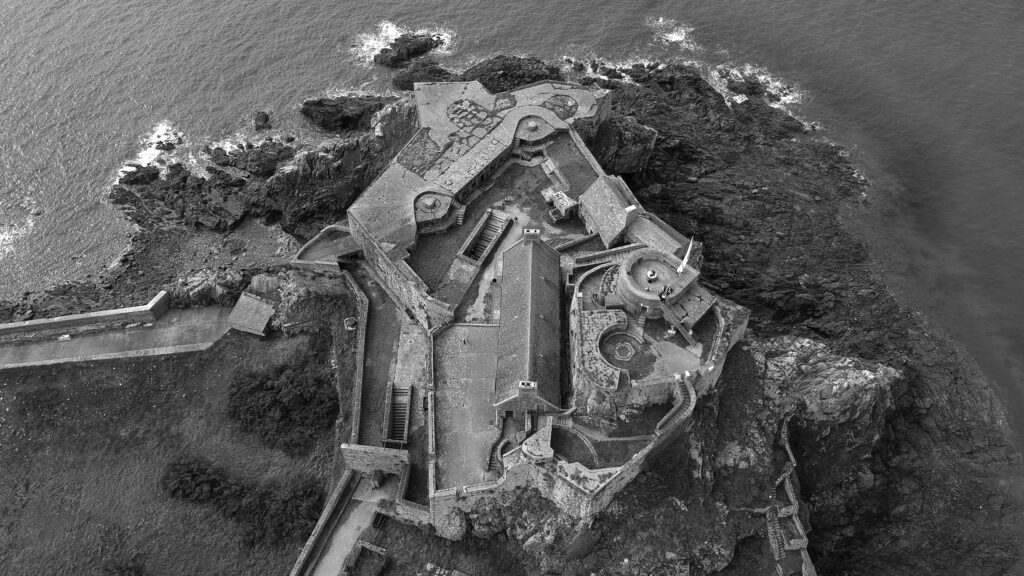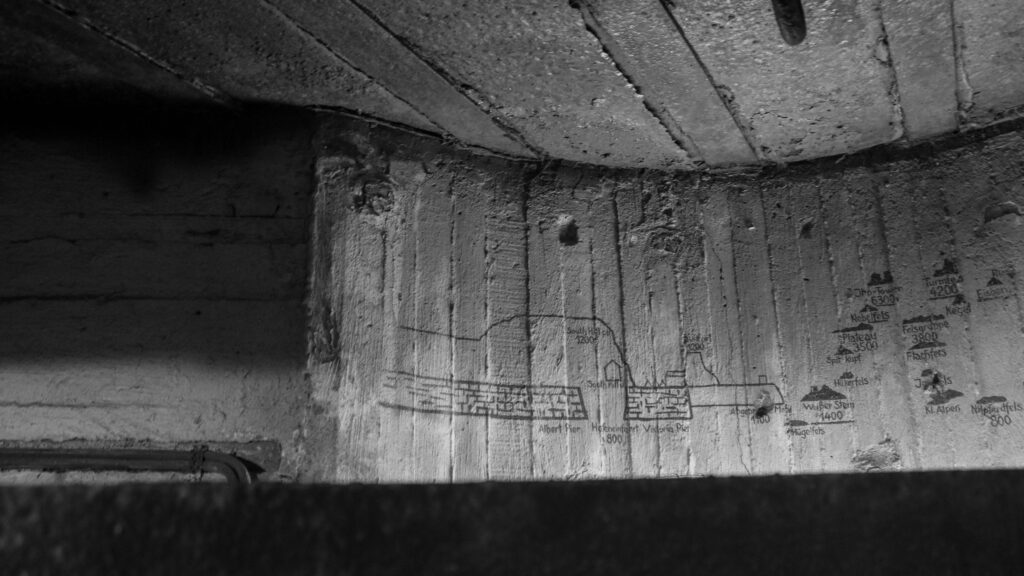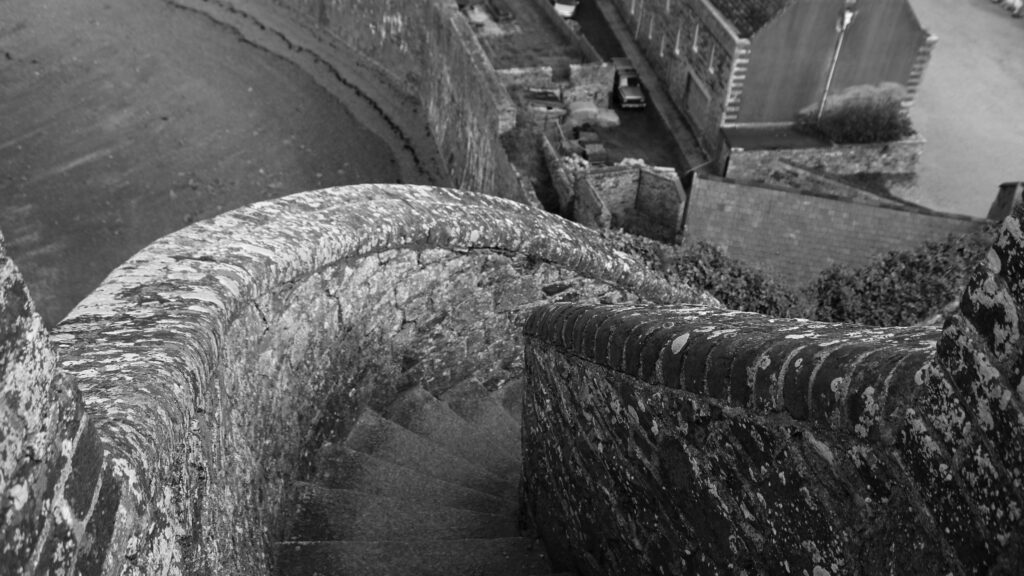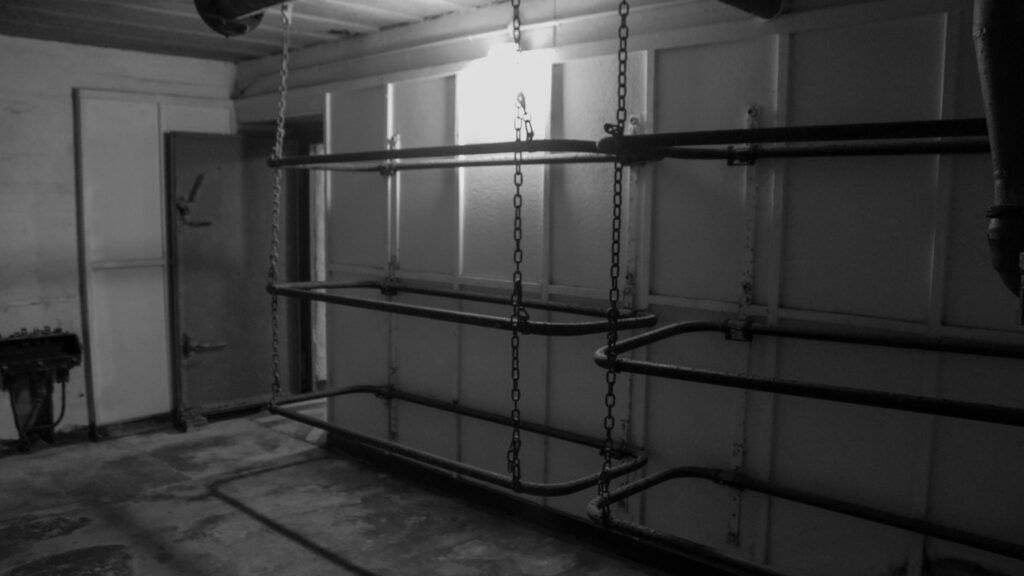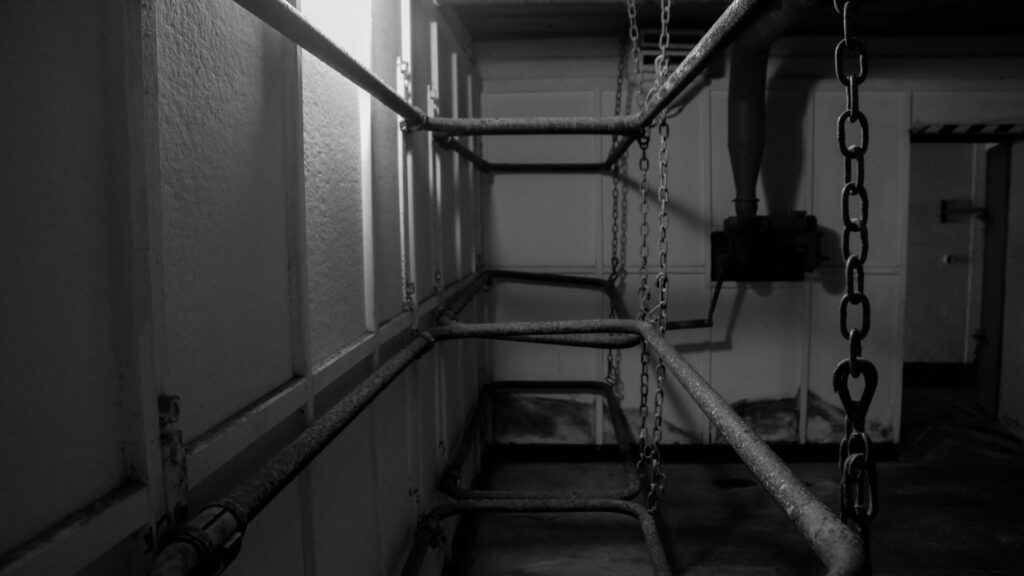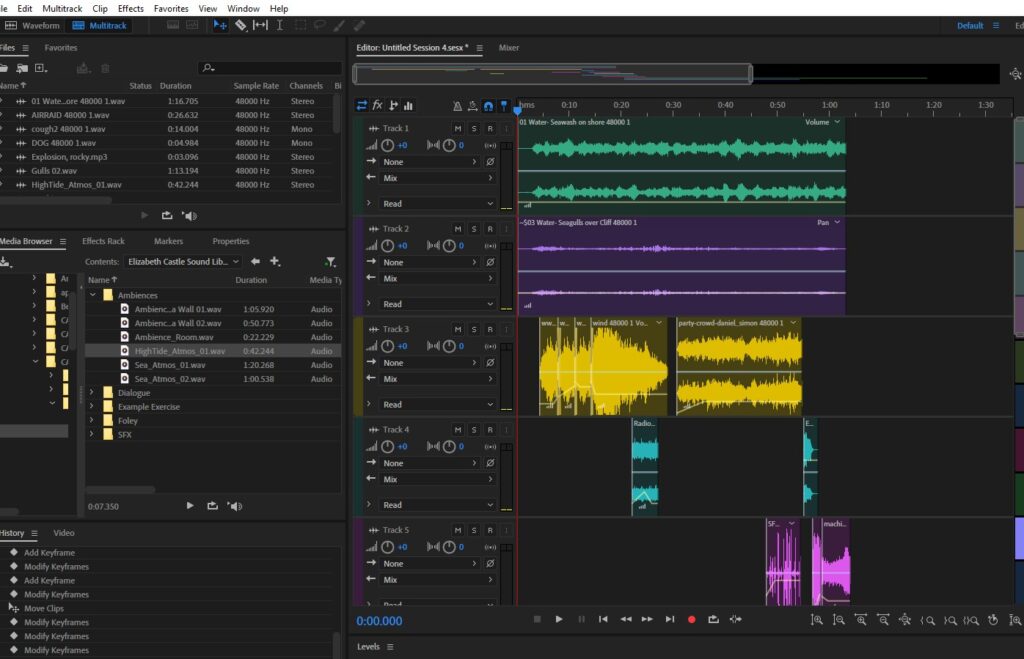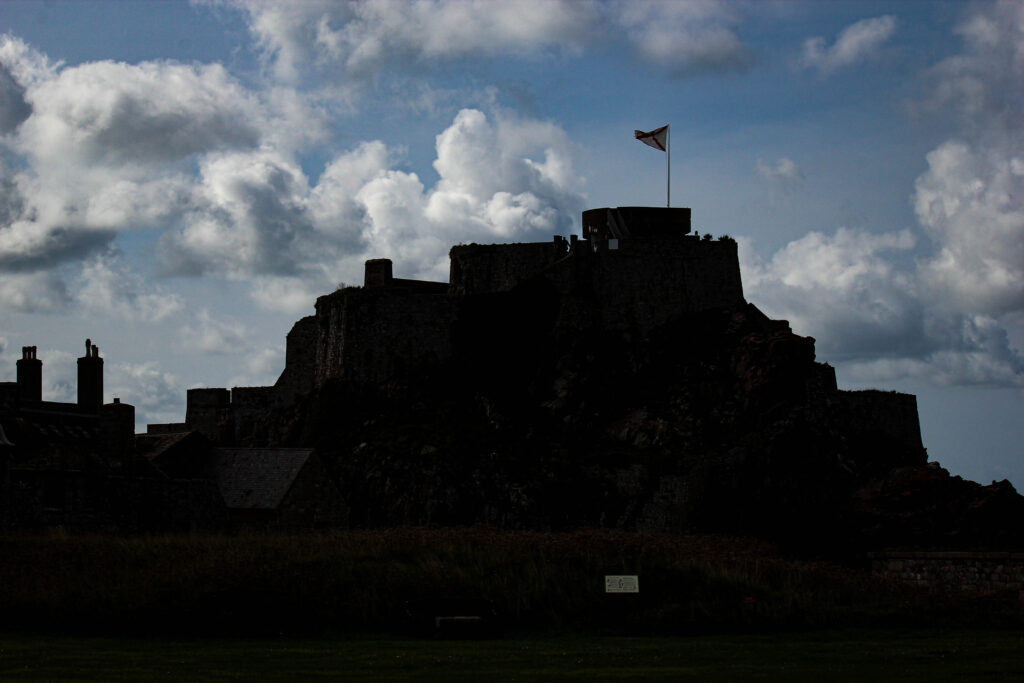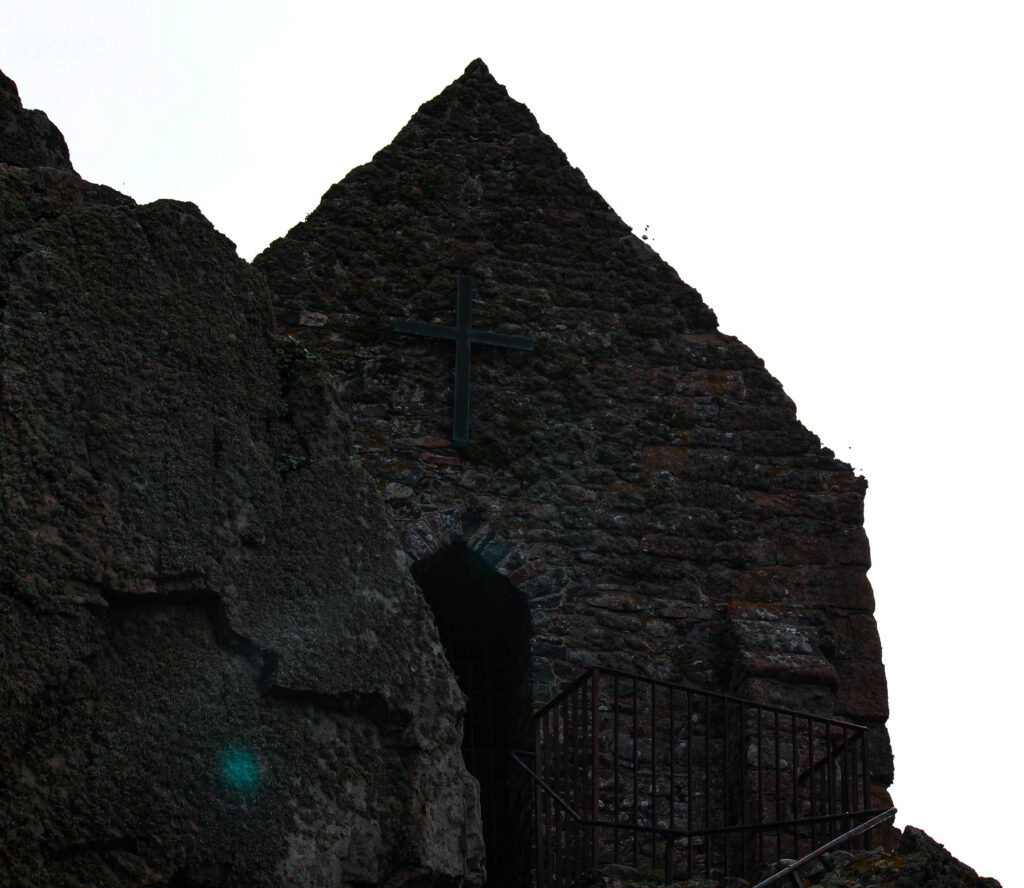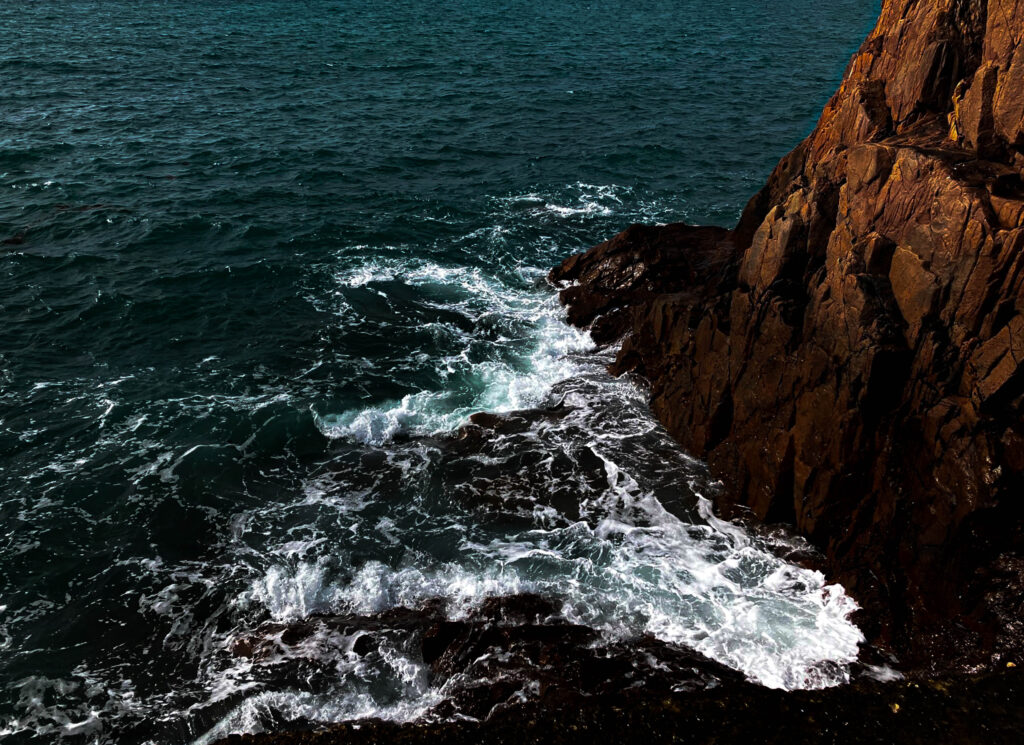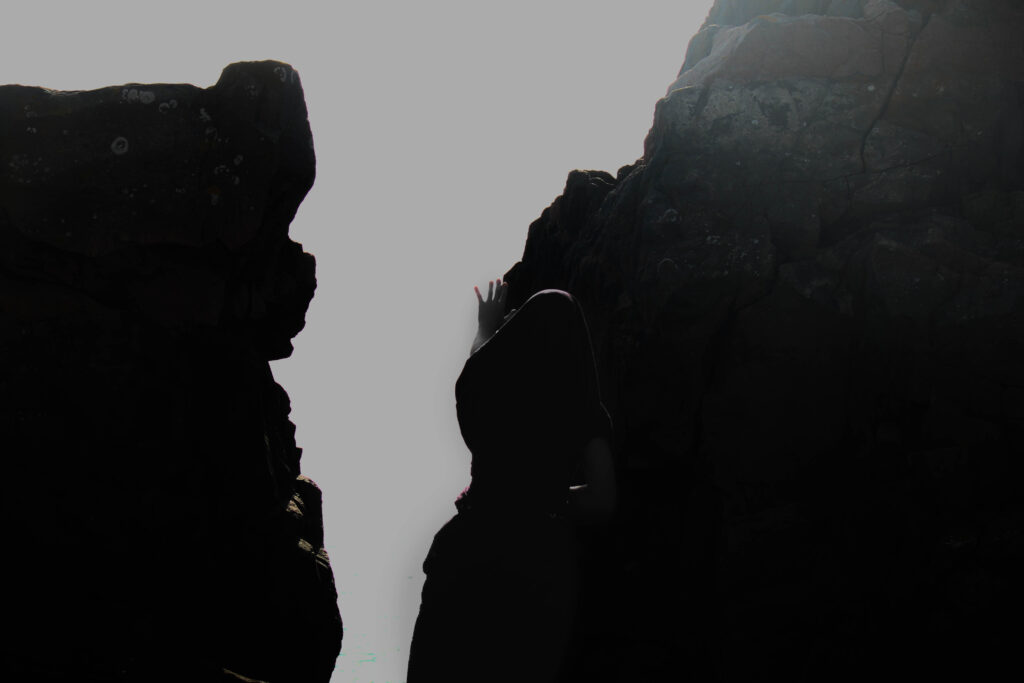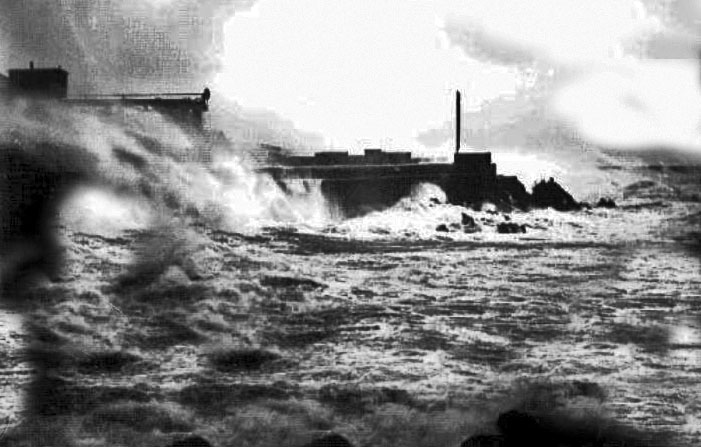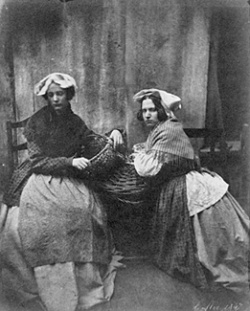The Société Jersiaise Photographic Archive holds Jersey’s collection of archives, containing over 125,000 items dating from the mid-1840s to the present day. A photographic archive is a collection of photographs, often with accompanying materials in other formats, in the course of daily life, individuals and organizations create and keep information about their personal and business activities. These records, and the places they are kept, are called “archives.” Archival records take many forms, including correspondence, diaries, financial and legal documents, photographs, and moving image and sound recordings. Archivists identify and preserve these documents of lasting value. Established in 1873 the Société is a registered Jersey Charity, in which they research collections, community outreach and collaboration with local and international heritage partners. They produce and facilitate research on the Island’s history, culture, language and environment; and to share that knowledge with the widest possible audience for the benefit of our island community. The Société holds extensive bibliographic, cartographic, photographic and research collections which act as our long-term memory. These collections provide a vital resource informing contemporary study and value for the community through a greater understanding of our shared heritage, identity and environment.
Historical archives can be stored in different ways; manuscripts, documents, records (including electronic records), objects, sound and audio visual materials, or other materials. They are living documents, records of the trends and habits of the cultural sector, notations of the changing hands of objects, and the shifting identities of the people and organisations who create and manage them. Different archives function in different ways, however the Société Jersiaise Photographic Archive stores archives digitally on their website. They hold many archives such as photographic, architecture, bibliography’s, and publications (in a library). Photographic archives can provide glimpses into past lives, long-ago events, and forgotten places. They can help shape our understanding of culture, history, and the identity of the people who appear in them. The photographic archive captures a range of subjects such as documentation such as the islands wildlife, the geography of the island, images of the local population and also significant historical island events.
The Societe Jersiaise aims are to (“produce and facilitate research on the Island’s history, culture, language, and environment; and to share that knowledge with the widest possible audience for the benefit of our island community”). Photographic archives have become way in which we can see the revolution and changes in the world, the Society Jersiaise is to share this information and historical knowledge to the public. They achieve this through their active Sections, research collections, community outreach and collaboration with local and international heritage partners, The Société’s Sections specialise in various fields of study, from archaeology to zoology.
Ernest Baudoux, one of the photographers on the Societe Archive produced a panorama of St Helier, soon after his arrival to Jersey. He was born in 1828, and conducted his photographic work in jersey in 1829. Ernest had a total of 1350 of his images primarily focusing on portraits, these are accessible to view on the jersey heritage website. The process he used to create the image is particularly interesting, the process he used required considerable skill. Producing “wet collodion” images on location required a mobile (often horse drawn) darkroom in which plates could be coated and sensitised, exposed while still wet, and developed immediately. The panorama shows the architecture of St Helier in tremendous detail. Numerous of Baudoux studio portraits were produced with a sliding plate mechanism designed to give two exposures on one glass negative. Later following by choosing the best images he often removed the ‘reject’ by marking it with a cross. Having selected his preferred image, Baudoux retouched the negative to enhance the complexion of the subject and conceal facial blemishes. This effect shows that the practice of photographic manipulation originated long before the digital age.

